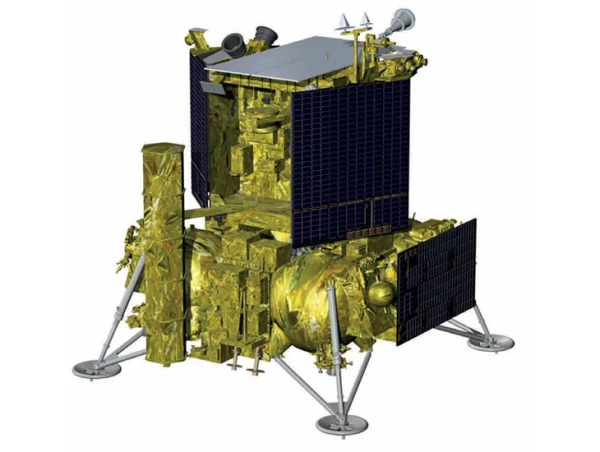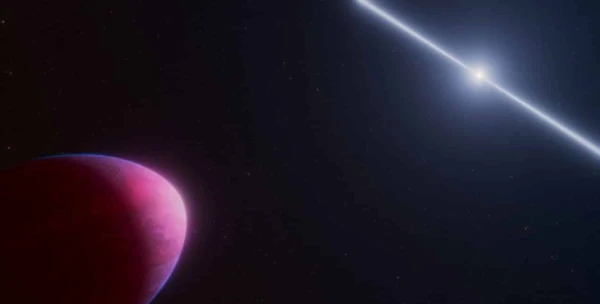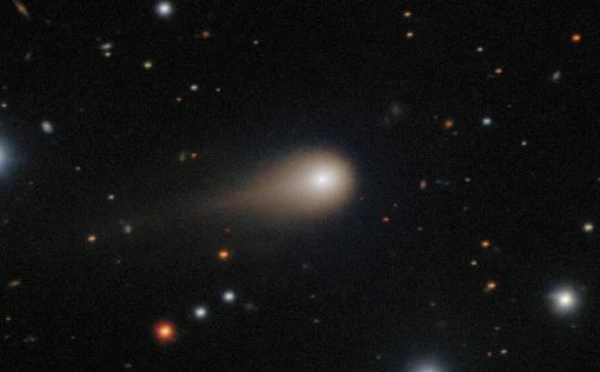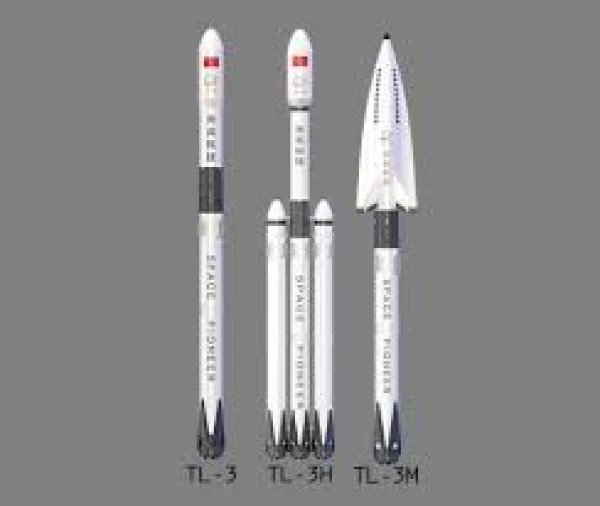
"We are starting the deployment of the first elements," said representatives of the Russian space industry.
Russia will deliver and deploy the first elements of the International Scientific Lunar Station (ISLS) on the Moon. The work will be carried out as part of two missions planned for 2033 and 2034. This was announced by Konstantin Raikunov, head of the "Space Systems for Fundamental and Applied Research" department at the Central Research Institute of Machine Engineering, during the 36th International Scientific and Technical Conference "Extreme Robotics" taking place in St. Petersburg.
"We are starting the deployment of the first elements of the ISLS (...) Two deliveries are planned on standardized landing platforms for medium lunar rovers and infrastructure elements for deploying the lunar station," TASS quoted him as saying.
Raikunov also noted that the lunar power station, which will be one of the elements of the ISLS, will ensure the operation of space equipment not only during the lunar day but also during the lunar night.
In addition to the power station and medium lunar rovers, from 2032 to 2034, Russia plans to launch the "Luna-Resource-2" spacecraft into orbit around the Earth's natural satellite and deliver radio beacons to the station.
Earlier, Anatoly Petrukovich, director of the Space Research Institute of the Russian Academy of Sciences (RAS), stated that in the next year, 2026, scientists will begin work on designing the Russian missions "Venus-D" and "Luna-28."
<iframe width="560" height="315" src="https://www.youtube.com/embed/Y4fEIa5JX9Y?si=gyJ7y0aRzABXz205" title="YouTube video player" frameborder="0" allow="accelerometer; autoplay; clipboard-write; encrypted-media; gyroscope; picture-in-picture; web-share" referrerpolicy="strict-origin-when-cross-origin" allowfullscreen></iframe>












